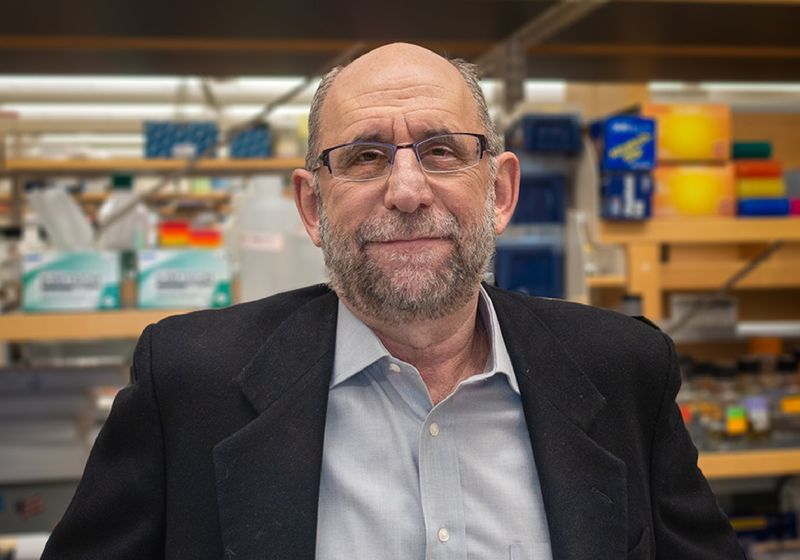Michael Green, a cellular and molecular biologist, died unexpectedly on February 10 at the age of 69. His work on the mechanisms of gene regulation in RNA, specifically pre-mRNA splicing, and how they apply to diseases such as cancer laid much of the groundwork for what is known about the onset of disease from a molecular level.
Green was born on January 20, 1954, in Philadelphia, Pennsylvania. When he was a small child, the family moved to Missouri because his virologist father, Maurice Green, took a job as a professor at St. Louis University School of Medicine. His mother, Marilyn Glick Green, was a homemaker. This early exposure to scientific research inspired Michael and his two siblings to begin scientific careers of their own: his sister Wendy became a pediatrician, and his brother Eric is the director of the National Human Genome Research Institute at the National Institutes of Health (NIH). Michael’s research career began when he was a teenager working in his father’s lab.
Green stayed in the Midwest for his undergraduate years, earning a biochemistry degree from the University of Wisconsin in 1974. He attended Washington University in St. Louis for his graduate studies, which focused on adenovirus genomics within tumors. He earning his PhD in biochemistry as well as his MD in 1981.
He then moved to the East Coast, doing a two-year postdoc at Harvard University before he became a faculty member in 1984. There, he focused on transcription within a tumor environment, eventually zeroing in on pre-mRNA splicing for many years. This splicing removes introns from RNA before translation and dictates how a gene will be expressed. This flexible form of expression helps eukaryotic organisms get more bang for their buck regarding the amount of information crammed into their genome, but it is also implicated in some diseases.
See “RNAi’s Minor Setback”
Green left Harvard in 1990 to become a professor at the nearby University of Massachusetts (UMass) Chan Medical School, according to the school’s tribute to Green. Four years later, he became an investigator at Howard Hughes Medical Institute and began a series of leadership roles within UMass, including director of the MD/PhD program, chair of the Department of Molecular, Cell and Cancer Biology, and codirector of the Li Weibo Institute for Rare Diseases Research, according to a biography that UMass provided to The Scientist. Green stepped down from HHMI in 2018 to become the Vice Provost for Strategic Research Initiatives at UMass.
“Michael was among the most tenacious and laser-focused people that I have ever known,” Eric Green tells The Scientist. “When he took an interest in something (scientific or otherwise), he went ‘all in’ in studying it and/or enjoying it. That trait is what made him such an outstanding and accomplished biomedical researcher and, later in his career, an institutional leader.”
In addition to his pursuits in academia, he also consulted with private biotech companies. He has filed 15 patents related to new therapeutics and cofounded three pharmaceutical companies aimed at treating genetic rare diseases.
Green received many accolades throughout his career, chief among them his election into the National Academy of Sciences (2014), the National Academy of Medicine (2015), and the American Academy of Arts and Sciences (2018).
Outside of his scientific work, Green enjoyed fishing and playing chess. He is survived by his wife and siblings.














